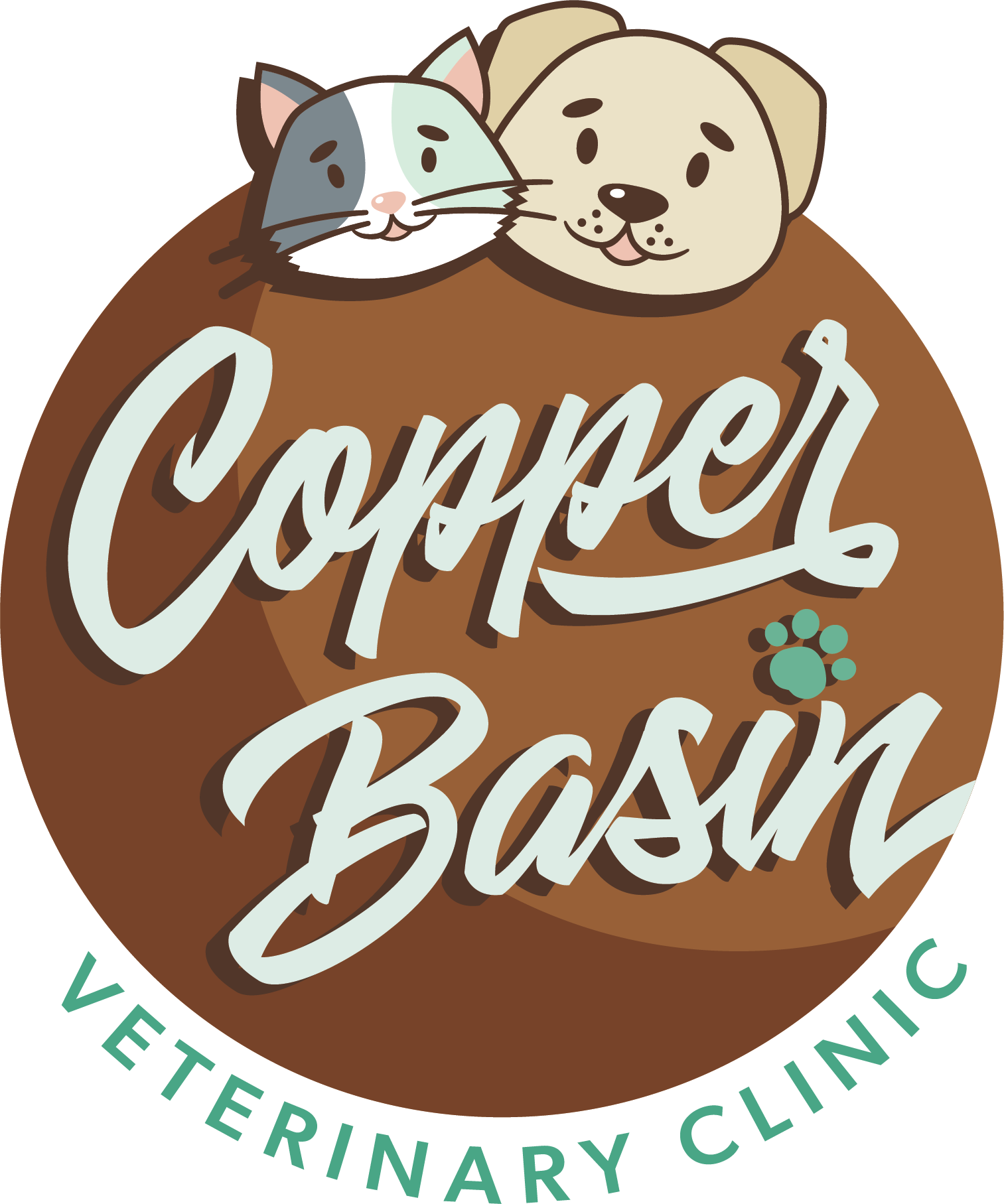The Mystery of Pet Hot Spots: Understanding and Dealing with Uncomfortable Skin Irritations
Certainly! Here’s the rewritten version of the blog:
When your pet’s skin becomes intensely itchy, they may resort to scratching, licking, and chewing, eventually leading to the formation of hot spots. These painful sores can cause extreme discomfort for your furry companion. To help your pet overcome the itch, it’s important to understand more about these uncomfortable skin conditions.
What are hot spots in pets?
Hot spots, also referred to as acute moist dermatitis or pyotraumatic dermatitis, are inflamed sores that develop on a pet’s skin. These spots often appear suddenly, seemingly overnight, and can quickly worsen, becoming oozing and painful lesions that greatly distress your pet.
What causes hot spots in pets?
Hot spots are commonly caused by skin inflammation triggered by environmental, flea, or food allergies. However, any behavior that leads your pet to excessively lick, chew, or scratch an area can result in raw skin and potentially develop into hot spots.
Hot spots can be triggered by various factors, including:
– Ear infections
– Skin infections
– Matted fur
– Urinary tract infections
– Anal gland issues
How are hot spots in pets treated?
Prompt action is essential to prevent hot spots from progressing into deep skin infections. As soon as you notice even a small area of inflammation, it is crucial to place an Elizabethan collar (e-collar) on your pet to prevent further irritation.
Upon arriving at our hospital for hot spot treatment, we may administer sedation along with a potent analgesic medication, as hot spots can be highly painful to the touch. Once your pet is comfortable, we will carefully clip away any matted fur, allowing the affected area to receive proper airflow. Wet and matted fur creates an environment favorable for infection, so removing it is crucial for the healing of the hot spot.
Next, we will gently cleanse the area using an antiseptic rinse to eliminate any fur and debris. Then, topical medications will be applied to the clean and dry skin to provide relief from itching and treat the infection. Further treatment will depend on the underlying cause of the hot spot, and we may recommend allergy treatment, anal gland expression, ear medication, regular grooming, or other appropriate therapies.
If you notice any irritated or inflamed areas on your pet’s skin, it’s important not to delay seeking veterinary care. Give our team a call to schedule an appointment before a minor irritation escalates into a larger, more painful hot spot.
By taking proactive measures and seeking timely treatment, you can help your pet find relief from the discomfort of hot spots and promote their overall well-being. Contact us to learn more!

